It’s 1990 and the Canon EOS lineup is iteratively starting to take shape. The first few models were slight outliers in their design language and even their model numbers were odd, starting at 630 and working their way down to 620, 610 and so on. I’m not sure many outside of the photography magazine reading public would’ve had much of a clue what was going on.
In 1989 following the release of the flagship EOS 1 and the “prosumer” EOS 10, Canon had turned their attention to a serious gap in their lineup – a mass market, low cost SLR body that would appeal to the countless millions who’d bought AE-1’s or T50 and T70 cameras in the past. Technology and manufacturing had moved on rapidly and it had become possible for Canon to take everything they had learned about ergonomics, autofocus and the new EF mount system and make it at a lower cost than ever before, opening the door to a new entry level pricing point. The tradeoff? Plastic and lots of it.
Reviewers at the time were deeply and genuinely concerned that a plastic camera with a plastic lens mount would have serious reliability issues – lenses would fall off, mounts would become distorted and allow light leaks or auto focus to be out of calibration. Were their fears real? Was the EOS 1000 / Rebel merely a toy or a was it a genuine bargain?
The truth is Canon sold millions of these bodies and their kit versions were a gateway drug for countless photographers who could finally afford to enter the addictive world of autofocus SLR photography. These cameras were extremely cheap even in 1990 and, due to their success and entry level nature are still currently abundantly available for next to nothing. For a £5 note, can you really go wrong?
In this post:
Cheaper than actual chips
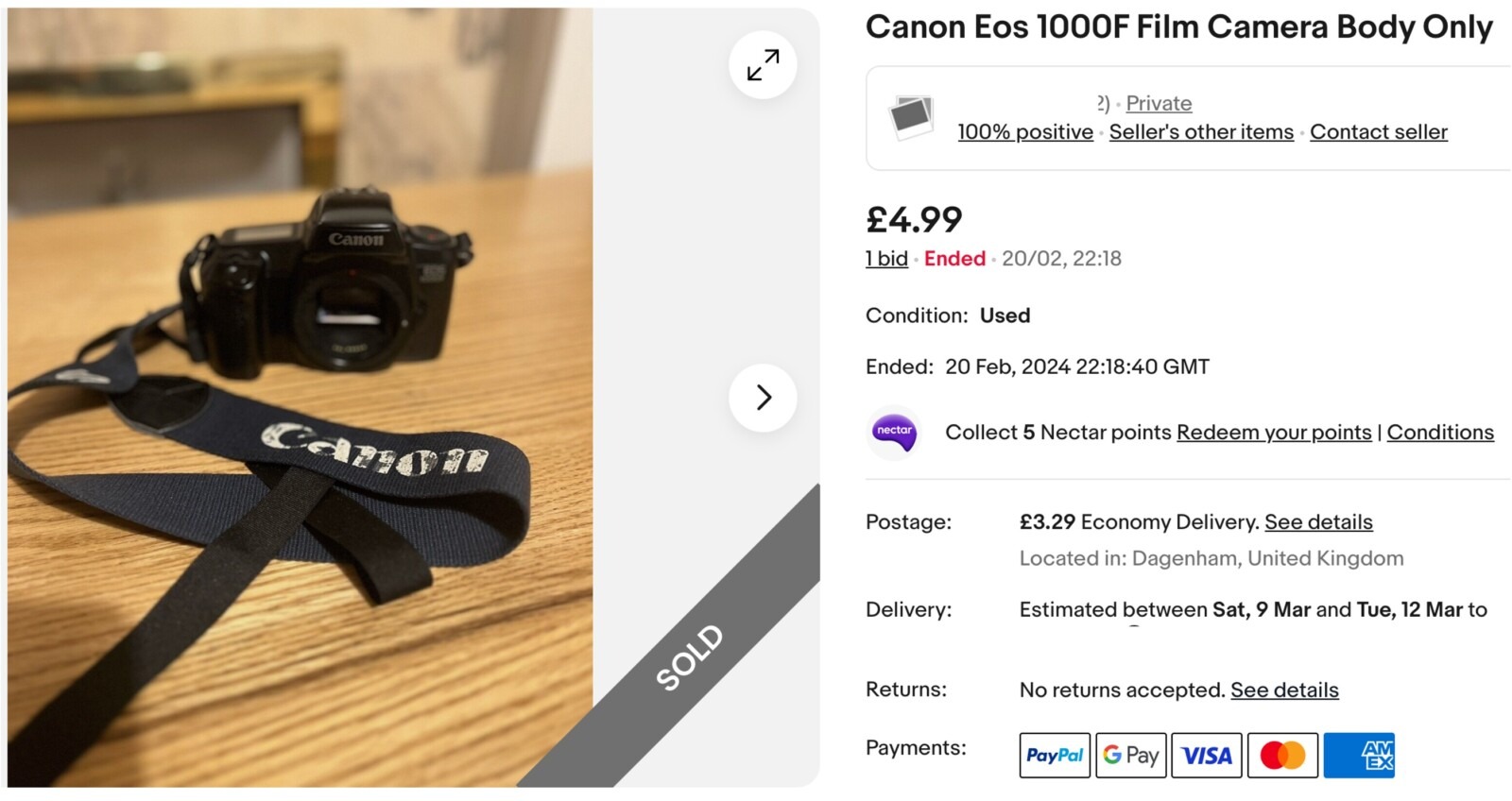
I have a few saved searches in eBay that I come back to from time to time just to see what there is that might be interesting. A few years back I had a 1000F, shot a roll of FP4 through it and passed it on. I’m not sure why I didn’t write about it the first time round as they’re quite an important model in Canon history, but I wasn’t particularly looking to pick up another. That was until I came across this one listed at £4.99 and, as always, I checked the pictures to see if there were any hidden presents inside…
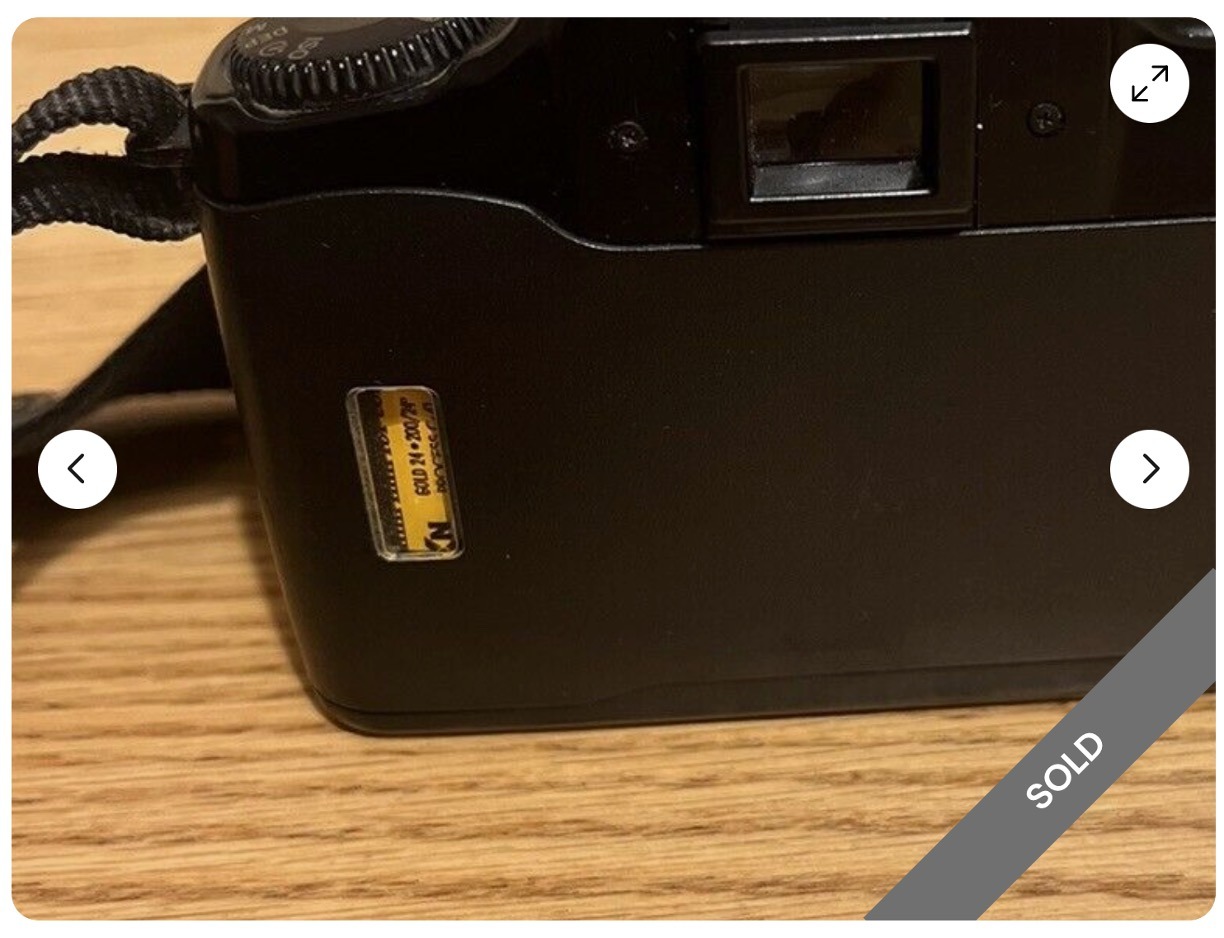
Buying a camera just because it has a film in it is always a risk for several reasons. So many people have absolutely no idea what they’re doing with film cameras and they just pop the backs open and ruin the film inside. In fairness, if you’ve only ever grown up with digital, why would you even think about it? However, it’s so depressing to come across a camera, with a used film inside and then the next picture is with the back open, film exposed. It’s painful that so many memories and stories are lost this way but once they’ve crossed that line its game over and no amount of lamenting is going to bring them back.
Furthermore, you’ve got no idea whether the film is brand new, has one or two frames exposed or is totally used. No one seems to pop a battery in to test the camera out before selling, so short of buying cameras with mechanical frame counters, you’re really taking a leap of faith for the sake of an expired film. In the case of the 1000F, however, there is one saving grace – the way in which it loads the film.
When a new film is put into the 1000F it winds the whole roll out and then as each picture is taken it winds them back into the film can. This means that if, and it’s a big if, any frames are taken they should be safe if the back of the camera is opened. You do lose part of the last frame but it is a reasonable compromise. I like this feature a lot, I’m not sure why Canon only ever used it on their lower end SLR’s, the only thing I can think is it must perhaps have something to do with how fast the film can be advanced.
When the camera arrived it was in very good condition and after popping a battery in the frame counter sprang to life and it had remembered, after decades of not being used, that there were 7 frames remaining – there were indeed pictures on this film!
Let’s do some film archeology
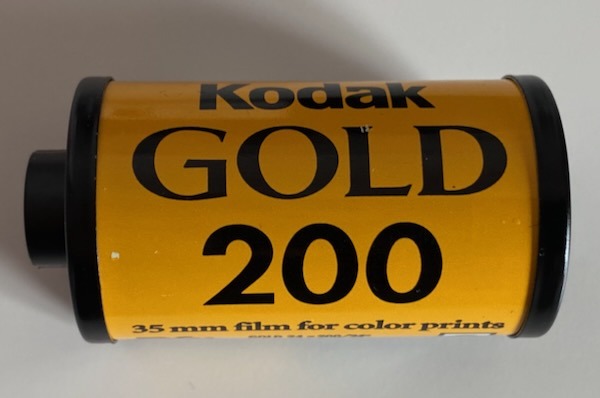
The first thing to do was finish the film. I’ll cut to the chase – this was a pointless exercise as the seller had indeed done the classic thing of opening the back, seeing a film, scratching their heads and closing it back up again. I took the film down the local film lab who are generally wonderful people and they developed what remained on the roll.
As with all old, expired colour films the developed images leave a lot to be desired. Grain goes through the roof whilst colours shift and wash out. It is probably better to develop these older rolls as black and white but I didn’t want to risk losing the images that were on here through dodgy development or using the wrong timings. I’ve never quite nailed developing C41 colour films in black and white chemicals, I had one come out perfectly but all others have been too dark.
Just how old is this film? Well, that took a little bit of detective work but it transpired that one picture had all the clues we needed to find an answer.
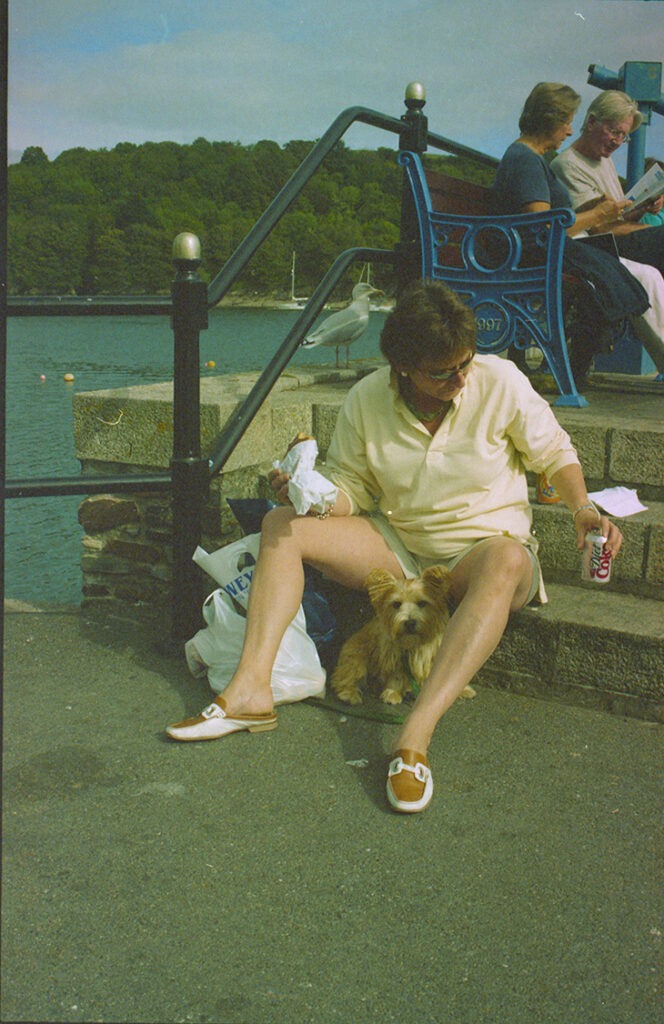
The bench is the first and most obvious clue – 1997 is something of a giveaway isn’t it? This only tells us the earliest date – it can’t have been before 1997, but could be pretty much any time after that date. Considering the 1000F was released in 1990 and heavily marketed and sold for at least the next 3-4 years, this particular model must have been in use for a good few years before this roll was exposed and it will certainly have seen some decent use throughout its life. Where to look next to narrow down the date this film was used? Well, the next clue lies in the can of Coke.
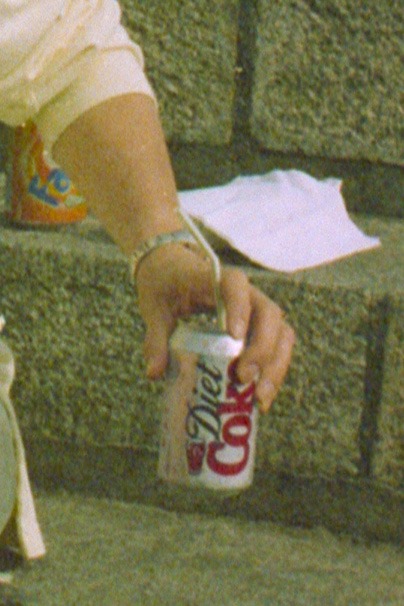
Coke cans have always had distinctive designs and, believe it or not, there are collectors of can designs. Although this picture isn’t the highest of resolutions, we have enough detail to make out some distinctive elements like the fonts being used and that picture of a Coke glass under the word “diet.” This turns out to be the decisive feature.
I found the aptly named “Soda Can Collection” website and it took a minute or so to track down this exact can which happens to be the “Here’s to you” design from… 1997!

When you look at it, that bench does look fairly new, but the combination of that and the can design are definitive enough proof for me. This film is twenty seven years old. That’s… old.
A lost holiday
The images left on this roll are not spectacular but they are fairly typical of holiday memories. Whoever owned this camera had been down to Cornwall to visit the Eden Project and an old Victorian country house. You don’t have to be a qualified detective to work that one out from this picture:
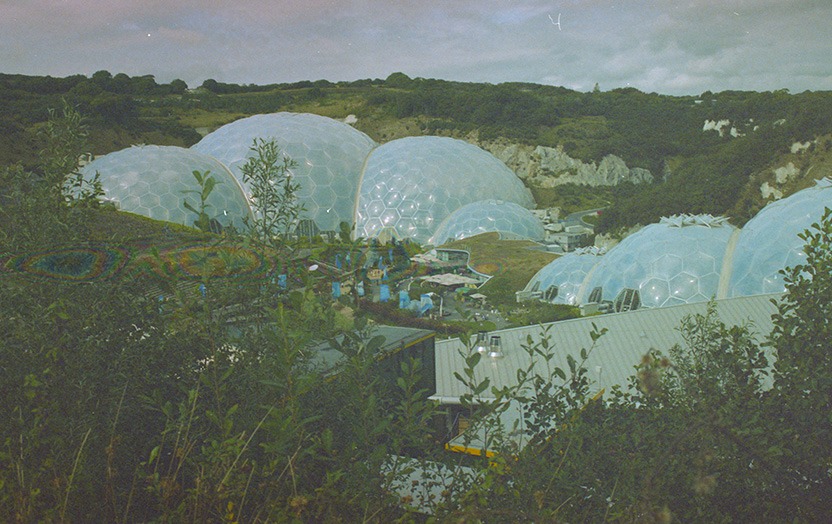
The Eden Project, other than looking really quite unique, is home to the worlds largest indoor tropical rainforest. Amongst the vast indoor gardens and habitats they also have a “Mediterranean zone” which sounds (and looks) like something from the Crystal Maze.
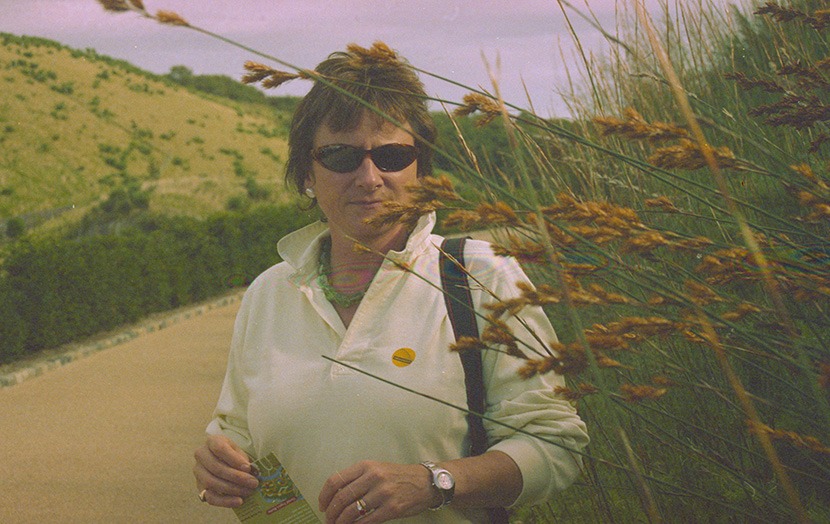
After taking a picture of his wife hiding behind some long grass, sporting and Eden Project yellow sticker, it was time for lunch and the photo which helped us to date this holiday. In the background was this rather stubborn and expectant seagull who hung around long enough to have his portrait taken.
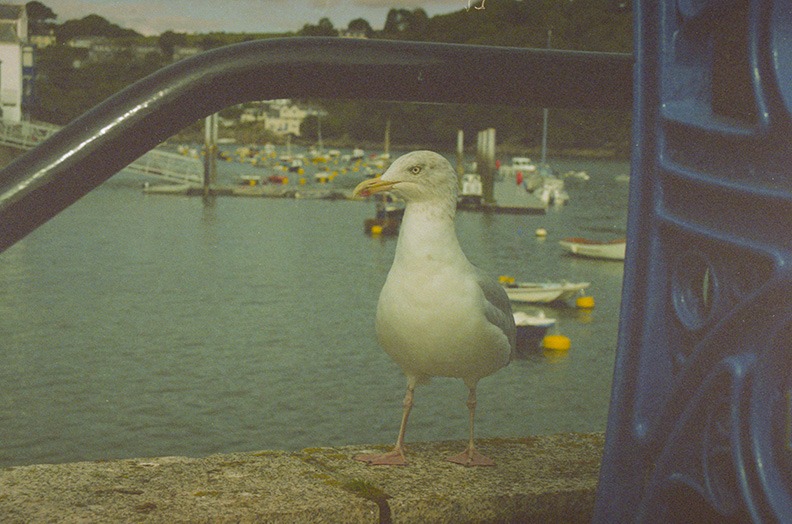
I’ve no idea where this lake is, I’m fairly sure some Googling for “boating lake, Cornwall” would narrow it down somewhat. I had a quick scout around the areas visited in these pictures but couldn’t find anything that immediately stuck out as being the same place.
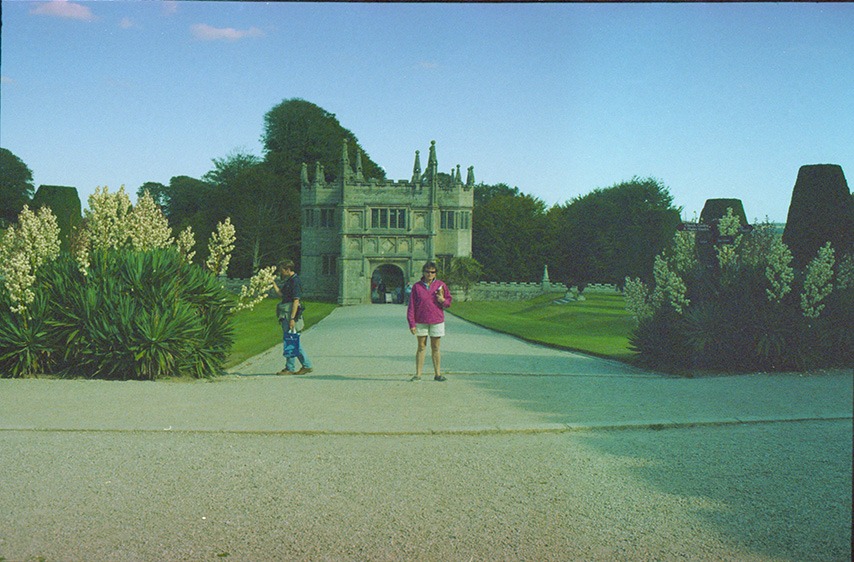
Next up is a trip to a National Trust property – Lanhydrock House and Gardens which is only 8 miles from the Eden Project. The house is very much a Downton Abbey, upstairs downstairs Victorian manor house full of interesting things like a stuffed tiger, if you like that sort of thing. The guy in the background, investigating a plant, has a rather large SLR on him but I can’t work out what it is sadly.
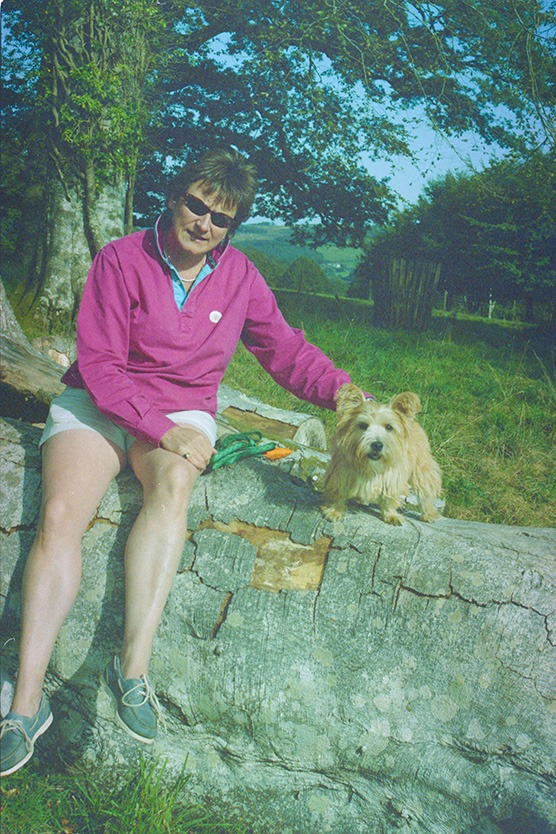
This was the last shot on the roll that was worth looking at. There are a few more of some fields and gardens but this was the last with anything really happening. Their dog appears in many of the pictures somewhere – a dog that is now either the oldest in the world or very much long gone. Talking of aging, the woman in these images has to be in her 50’s, I would estimate. If I’m anywhere near correct then that makes her near enough 80 now…
As I’ve always said in these articles – if by some incredible twist of fate anyone knows these people or anything about them, then please let me know. You never know, one day we might reunite some images with their owners.
But what about the 1000f?
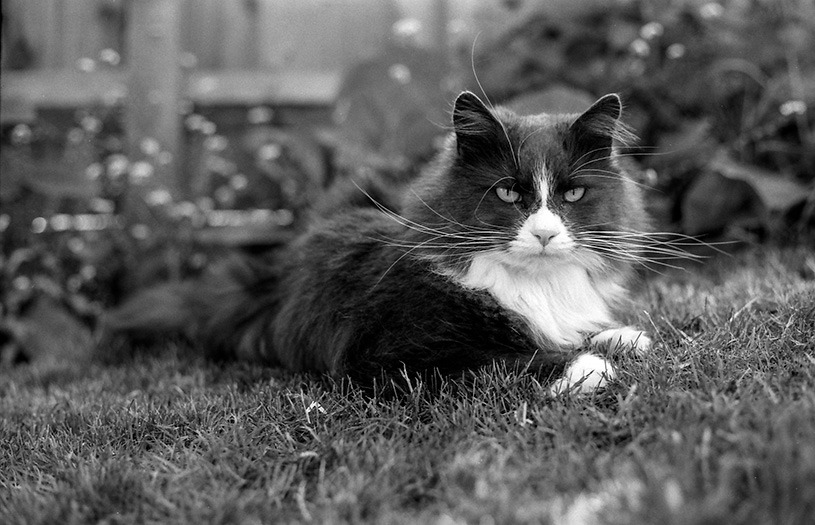
I realise now that there’s a reason why I didn’t write about the 1000F. After testing out the EOS 300 and 500 which came some years later, I’d pretty much said all there is to say about entry level Canon SLR’s of the 1990’s.
The 1000F was Canon’s first foray into the absolute bottom end of entry level and they did a great job. Reviewers at the time were convinced that you couldn’t make a plastic body, plastic lens mount camera that lasted. They were proven quite wrong and it set a precedent for better, smaller and much improved models to come. The EOS 500n is a marvel of a camera and is in every way just the iterative evolution of the 1000F idea of building a small, capable and surprisingly well featured entry level device.
The camera itself is almost point and shoot it is so simple. There is one single auto focus point which has zero visual confirmation through the viewfinder. You cannot select focus modes, instead the camera will do a one shot focus and then monitor the scene for movement, if this is detected then it will switch to AI tracking focus. Focus is confirmed by a beep which you cannot switch off.
This simplicity is something you will either love or completely hate. I would argue that people moving in to the bottom end of the EOS ecosystem in the 1990’s probably loved this simplicity. Canon were sensible enough to leave in a full set of manual modes for more creative minded photographers and to leave plenty of growing room for users to become hooked on the idea of SLR photography. I’ve no doubt this machine launched a number of people into an expensive hobby – especially those who bought the newly released 50mm f1.8 MkII – a remarkably flimsy, stupidly cheap feeling but incredibly capable 50mm lens.
Popular Photography were filled with praise for the 1000F upon release, stating that they thought even professionals might buy one to just keep in a bag in case of emergency. I’m not quite sure you’d have enjoyed the jarring step down from what must then have felt like the pinnacle of AF in the EOS 1 to the rather more primitive 1000F.
I genuinely think that, in time, the 1000F will go down as an all time classic. It’s utterly underrated in todays market and you can get one quite easily for the price of a pint. It still serves the purpose it was originally designed for – entry level film SLR photography. It has everything going for it in that it offers sheer simplicity when you want it, manual control when you need it and compatibility with an absurd range of lenses that are just gradually starting to fall in price now mirrorless RF mount lenses are becoming the default standard for Canon users.
Does that mean that everyone looking to dive into film should buy one of these? Well… yes if you can’t find an EOS 500n. That camera is far and away the best £5 you’ll ever spend on a film camera. It has decent enough AF, all the features of the 1000F and all in a smaller, lighter, better designed package. I’ve concluded similar before – the bottom end of the 35mm SLR market is crowded these days, for £5-10 there is an embarrassment of riches to be found which has resulted in all the entry level cameras being smushed together at the same price point. When faced with a choice, you always buy the best you can afford, so it makes little sense to go with a 1000F unless you absolutely, desperately want one for a particular reason.
The thrifty 35mm SLR fan really has never had it any better. Pick them up whilst they’re cheap now because inevitably as years go by and they start to die off, prices will rise and you’ll wish you’d had a go when they were pennies.
Share this post:

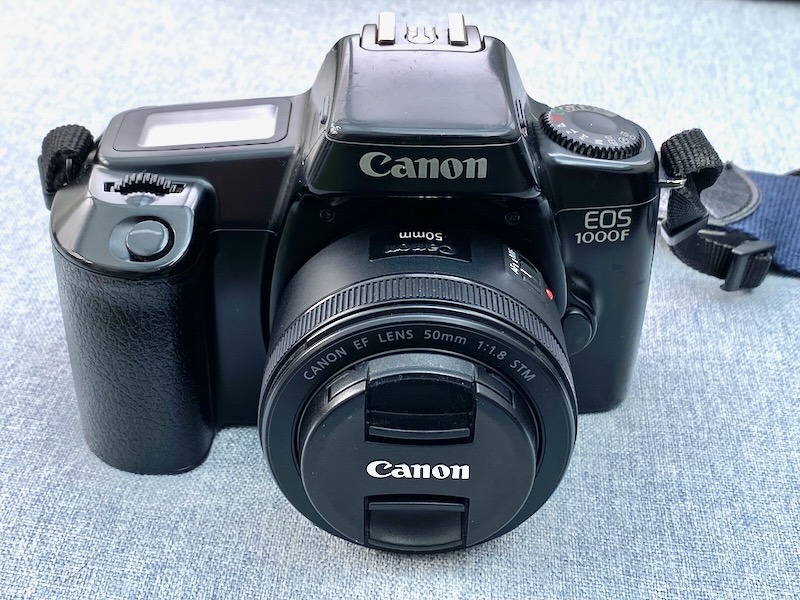

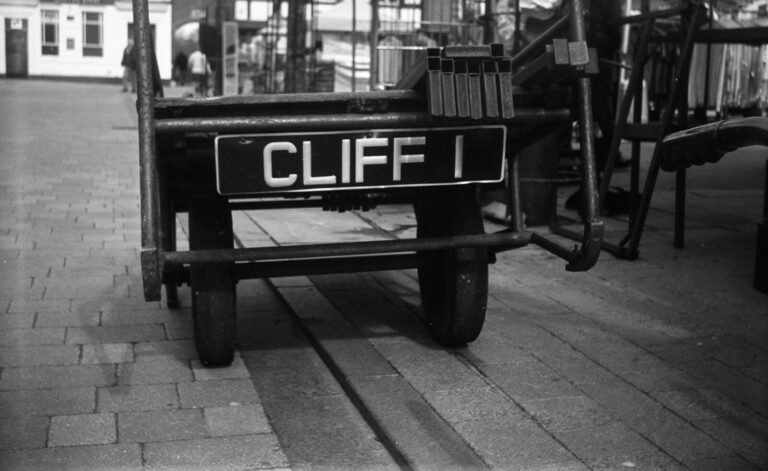
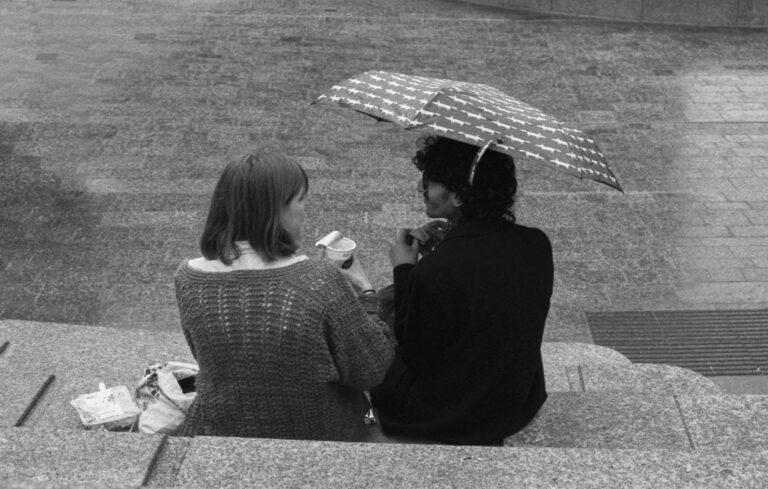
Its amazing to think the camera cost less than the price of a film! I liked the detective work to establish some facts about the photos.
I really enjoy your writing – I bought a cheap 10D as a result- Thanks!. I can help with the location. The unflattering picture and the boating lake are actually Fowey harbour (Town Quay) The last picture with the ‘dog on a log’ looks a lot like the grounds of Lanhydrock. Cheers from Cornwall 😁
That’s superb! Thanks for your comment and input, another mystery is partially solved. Loving the fact you bought a 10D. I still can’t put my finger on what it is about that camera but I still love it. I want to do an IR conversion on one in the future but the price of IR glass in the right thickness is extraordinary…